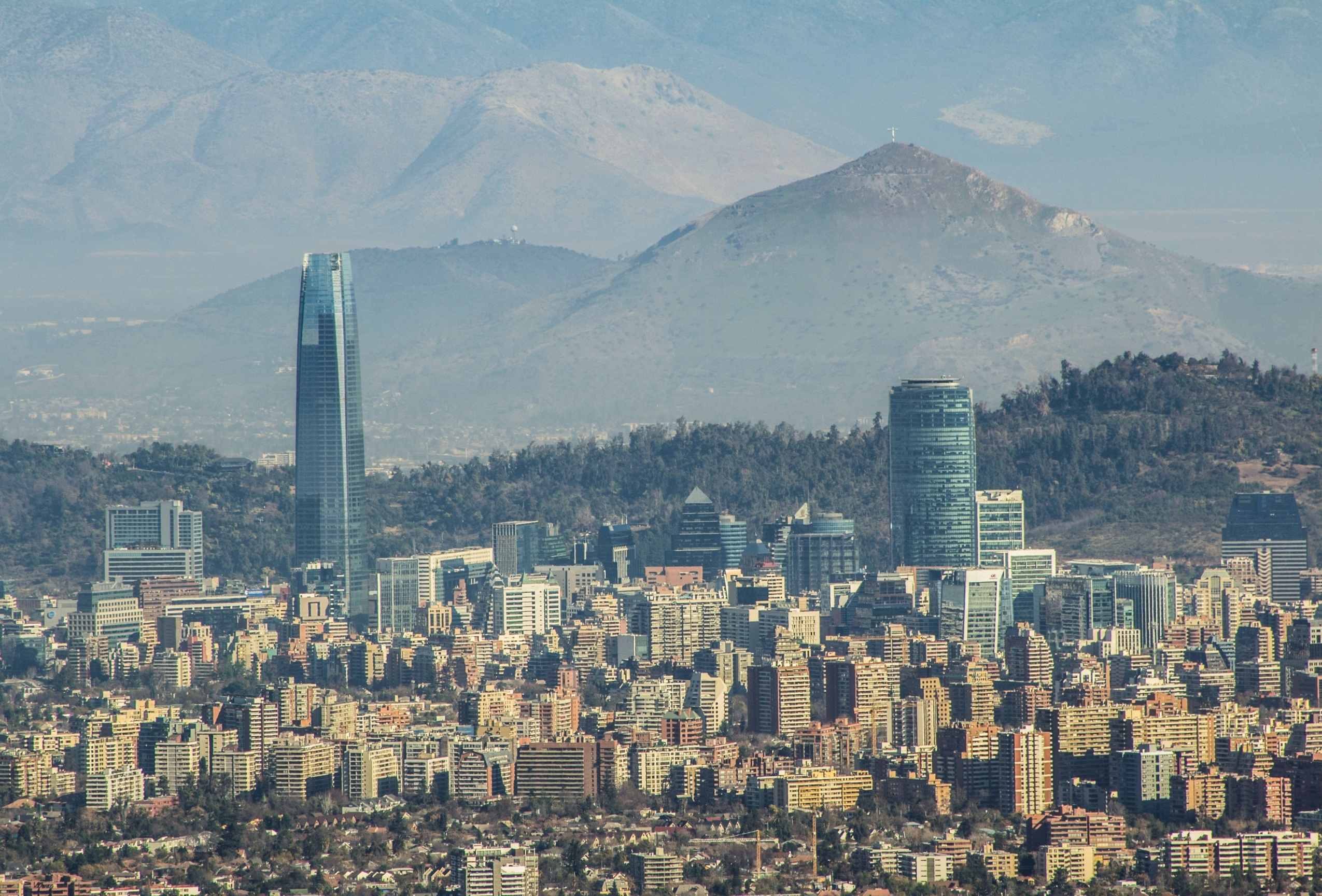Following subdued growth due to insecurity and war in 2012 and 2013, Mali has rebounded. Average growth from 2014-2016 reached a healthy 6%. This is aligned with the strong track record of fellow members of the West African Monetary Union (WAEMU) (see chart 1). The primary sector (gold, agriculture) accounts for 40% of GDP, and over 85% of the workforce.
EH expects continued solid growth of 5% in 2016, 2017 and 2018. Growth is mainly driven by the agricultural, mining, and services sectors. The former has returned to full capacity after insecurity disrupted production. Besides subsistence farming, Mali boasts the largest cotton production in sub-Saharan Africa. The mining sector has benefitted from a liberal mining code, which continues to attract investment.
An artisanal mining boom has pushed up gold exports. In services, the telecommunications sector has not only expanded through subscription growth (unique subscriber penetration at 80%) but also through the spread of more sophisticated services. International mobile operators have invested in Mali’s digital consumer market as mobile money transactions increased by 150% between 2010 and 2015.

 mali-country-report-dec16.pdf
mali-country-report-dec16.pdf